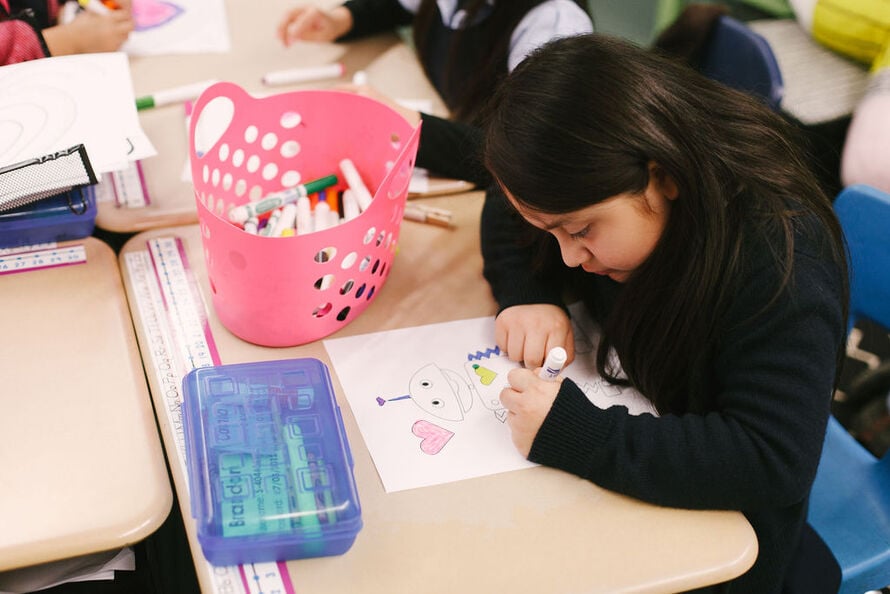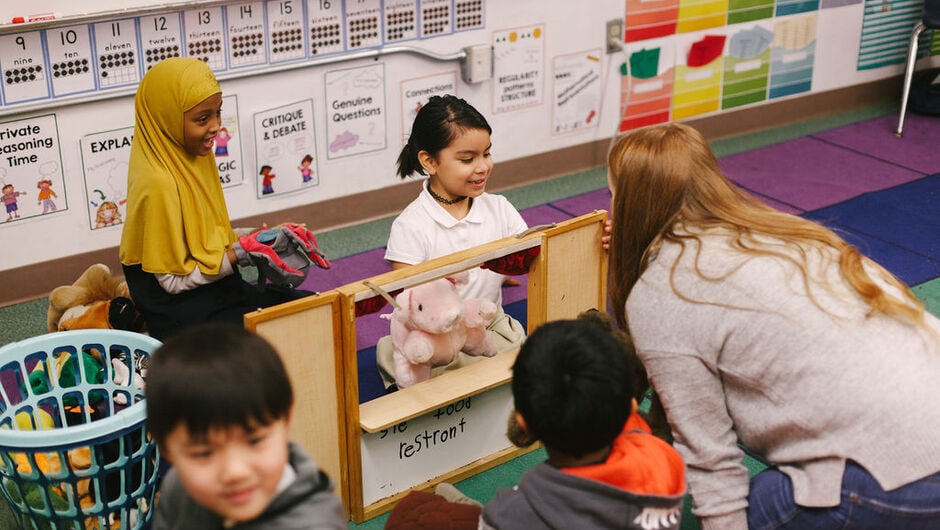Washington

About Us
About Us
Since 2011, Teach For America has contributed to the work to make an excellent education possible for all children in Washington State. Our region has one of the fastest-growing economies in the U.S., contrasted by a public education system ranked 31st in the country. While potential is evenly distributed, access to opportunity is not, particularly for those in marginalized communities.
Creating enduring change in education requires the dedication and vision of exceptional leaders who are undeterred by the challenges facing our education system and intimately understand their local context. Alongside our passionate, talented alumni and corps members, we know we can make a difference for kids in Washington.
Where Our Corps Members Teach
Our corps members primarily work in South King County in the Federal Way and Renton public school areas.

Our Alumni
Our network of nearly 1,500 passionate local alumni is committed to uncovering and addressing disparities that impact kids and families in Washington alongside the communities they belong to and serve.
Are you an alum looking to move to Washington? Check out our transitional resources to get connected and supported.
Our network impacts
65K
students in Washington every day
More than
20
corps members teach in our schools
Over
1400
Teach For America alums live in the area
Our network impacts
65K
students in Washington every day
More than
20
corps members teach in our schools
Over
1400
Teach For America alums live in the area
Support Our Work
Your generosity helps us create a future in which all of Washington's children learn, lead, and thrive.


